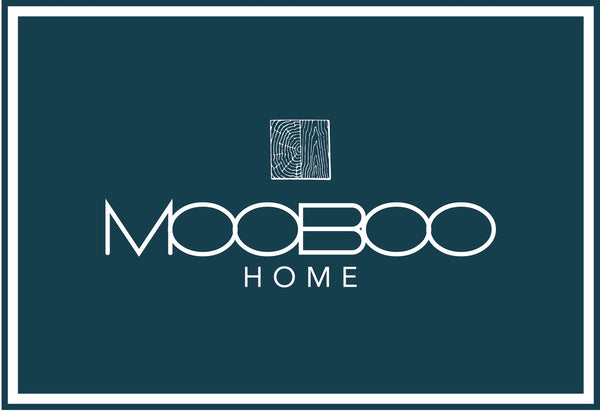A cluster pendant light is one of the most important lighting fixtures in your home. It can set the tone for an entire room and be a beautiful focal point. But did you know that designing the perfect chandelier or cluster pendant is a collaborative process between you, the homeowner, and a lighting designer? Let’s explore what goes into this unique process.
When looking for a lighting designer, take the time to do research and ask friends for recommendations. You want to find someone who understands your style, knows what types of fixtures will work in your space, and is willing to collaborate with you throughout the process.
Before you begin the design process with your lighting designer, it’s important to take some time to visualise your vision for the perfect chandelier or cluster pendant. Think about the size, shape, materials, and finishes that will best fit in with your existing décor. If you need help visualizing your dream light fixture, visit our gallery for some inspirational customer photos.
The process starts with a consultation
The first step in the collaborative process is to have an initial consultation with your lighting designer. During this meeting, you will discuss your project goals and review any relevant information such as floor plans, architectural drawings, or photographs. This is also the time to ask any questions you may have about the lighting design process.
You will also need to consider how much natural light already exists in the area—this can play an important role in choosing fixtures that create balance between natural sunlight and artificial illumination from lamps and other sources. Additionally, if there are any specialty fixtures needed for certain areas of your home (such as accent lights for artwork), now is the time to discuss them with your designer so they can be incorporated into their designs.
After discussing these details with your lighting designer, they will create a design that incorporates both form and function into the piece. He or she will then create sketches of different concepts based on their understanding of your vision before proceeding with fabrication.
Select finishes and materials
Once you have agreed on the design of your new light fixture with your lighting designer, it’s time to select finishes and materials such as glass shades and metal finishes that will bring the design together perfectly.
Once you’ve chosen a style that complements your space and preferences, consider what type of light fixture works best in terms of size and shape. A large space needs a larger fixture while smaller spaces need something more petite and delicate. Height also need to be taken into account as well as how much light is needed for that particular area—too much light can overpower a space while too little will not provide enough illumination.
The advantages of working with a lighting designer
When it comes to creating something truly special in terms of indoor lighting design, there is no substitute for having an experienced professional on board. Working closely with a lighting designer has several advantages over just purchasing standard fixtures—they know exactly where each fixture should go; and they understand which colours or colours will enhance or detract from a particular style. Plus, having someone who understands both residential and commercial spaces gives you access to more options than if you were just choosing something off-the-shelf at your local home improvement store.
Designing a custom chandelier or cluster pendant is an exciting experience. It’s important to remember that this is a collaborative effort between yourself and an experienced lighting designer who understands how all of the pieces fit together in order to create something truly unique and beautiful.
Contact us at Moo Boo Home today to discover how we can help you!

